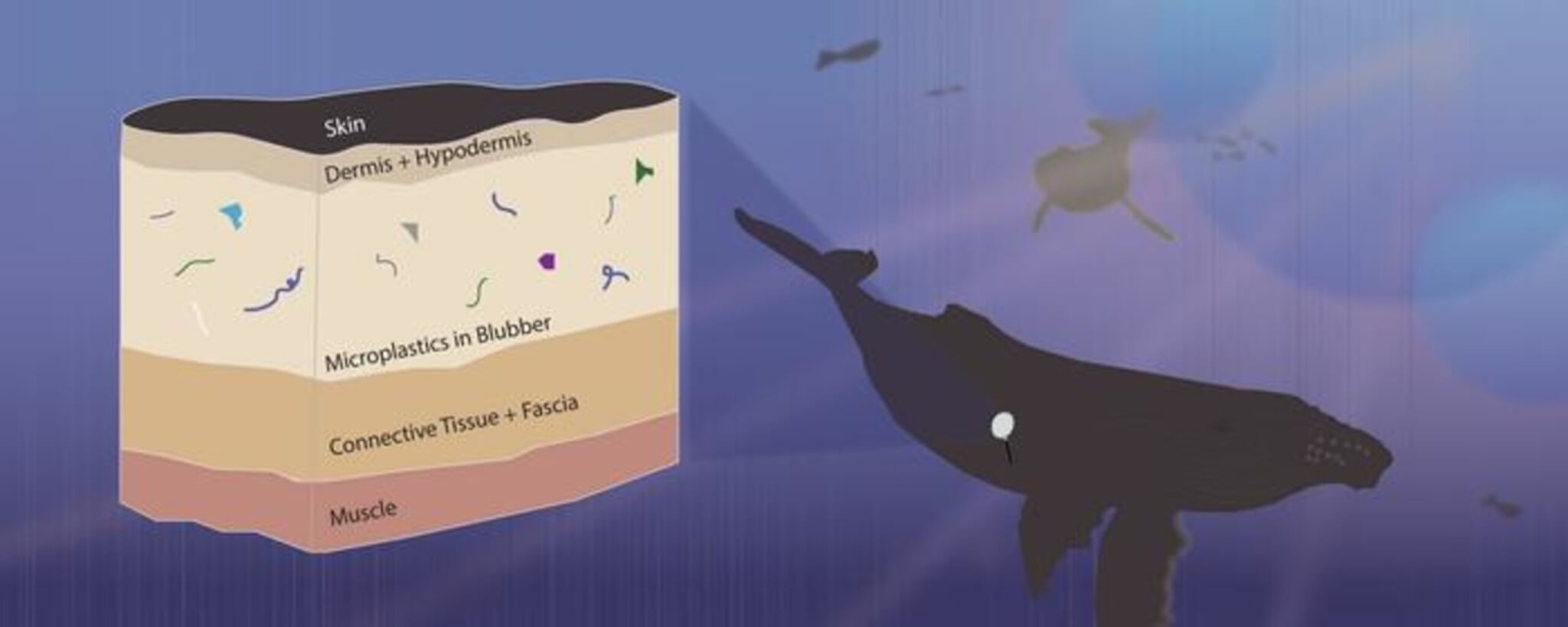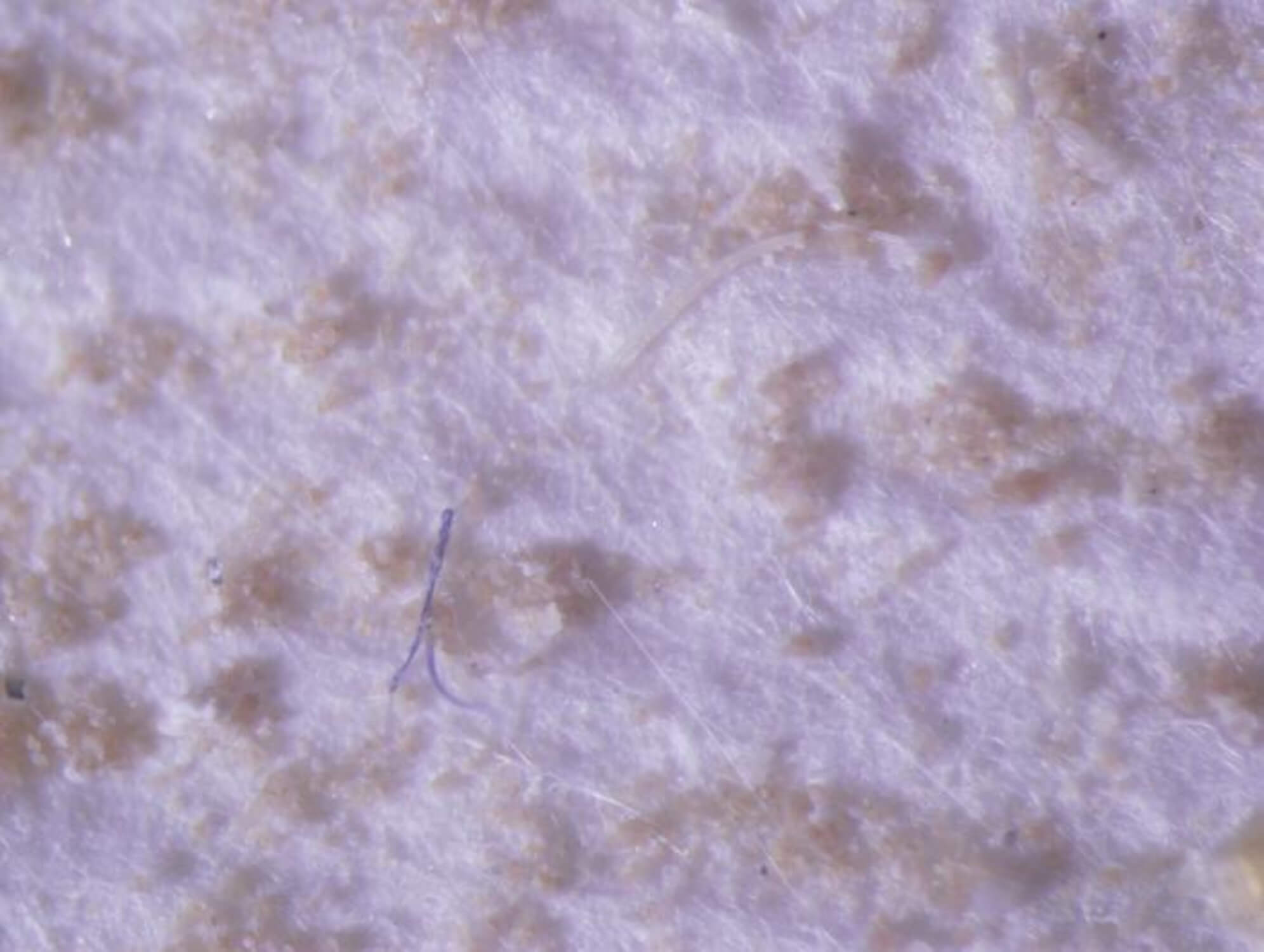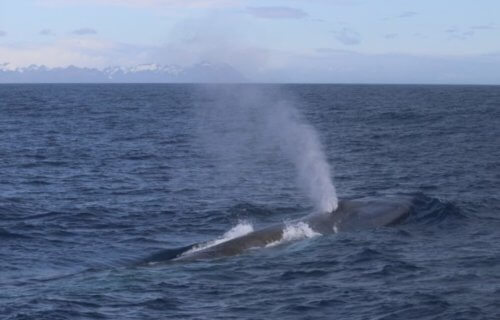BEAUFORT, N.C. — A sobering study reveals that a majority of marine mammals, including whales and dolphins, are ingesting microplastics. Researchers from the Duke University Marine Lab discovered these microplastics, tiny fragments of plastic often invisible to the naked eye, were detectable in the bodies of these animals, signifying that these particles can venture beyond the digestive system and embed themselves into the tissues of many species.
The study reveals a concerning trend about the broader implications of marine pollution. While the exact damage caused by these embedded microplastics remains undetermined, previous research has suggested that plastics could disrupt hormonal balances, mimicking and interfering with marine mammals’ endocrine systems.

“This is an extra burden on top of everything else they face: climate change, pollution, noise, and now they’re not only ingesting plastic and contending with the big pieces in their stomachs, they’re also being internalized,” says study author Greg Merrill Jr., a fifth-year graduate student at the Duke University Marine Lab, in a university release. “Some proportion of their mass is now plastic.”
Researchers analyzed samples from 32 marine animals, spanning 12 species, found between 2000 and 2021 in Alaska, California, and North Carolina. All these animals, including a bearded seal, had plastic traces in their tissues.
Given that plastics are naturally attracted to fats (being lipophilic), they likely latch onto the blubber of marine animals and even parts of toothed whales that help in sound production and reception. The study found plastics present in the blubber, sound-producing regions, fat pads, and lungs of these animals.
The particles were found to range between 198 and 537 microns. In comparison, the average width of a human hair is about 100 microns. Besides the potential chemical risks, Merrill emphasized the physical damage, explaining that these plastics can tear and abrade tissues.
“Now that we know plastic is in these tissues, we’re looking at what the metabolic impact might be,” says Merrill.
The most commonly found plastics were polyester fibers, often released from laundry machines, and polyethylene, a primary component in beverage containers. Blue was the predominant color of the discovered plastics.

An alarming estimate from a 2022 paper in Nature Communications suggests that filter-feeding blue whales might ingest up to 95 pounds of plastic waste daily off the Pacific Coast of California. Whales and dolphins, which consume fish, could also be ingesting plastics accumulated in their prey’s body, stated Merrill.
“We haven’t done the math, but most of the microplastics probably do pass through the gut and get defecated. But some proportion of it is ending up in the animals’ tissues,” notes Merrill. “For me, this just underscores the ubiquity of ocean plastics and the scale of this problem. Some of these samples date back to 2001. Like, this has been happening for at least 20 years.”
The study is published in the journal Environmental Pollution.
You might also be interested in:
- We’re swimming in glitter: Over 8 million metric tons of tiny plastics found in oceans
- Plastic age: Catastrophic amount of waste is littering Earth’s oceans, shorelines
- Plankton are pooping out a quadrillion plastic particles polluting the planet


Get rid of single use plastic water and soft drink bottles!!!!! NOW